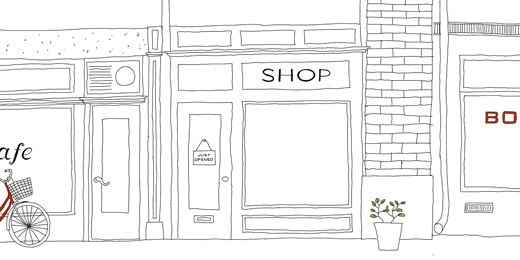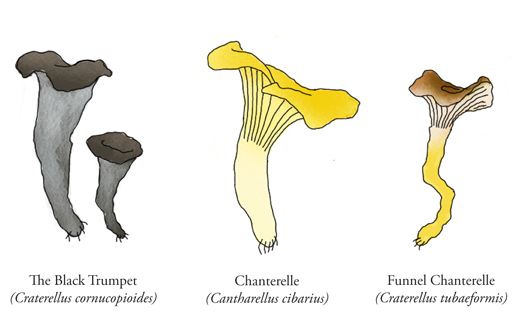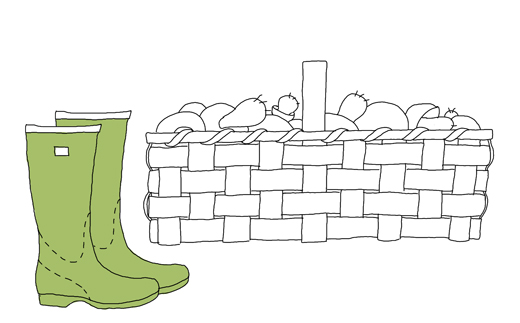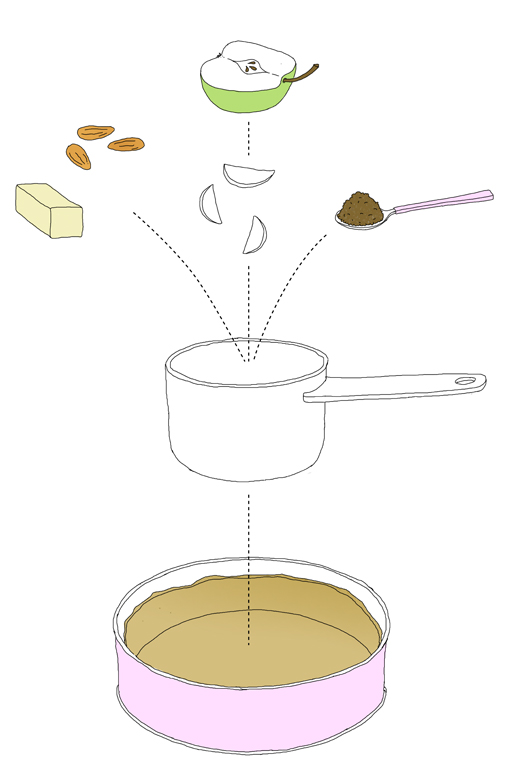
I just opened an online SHOP. In the store I will have a selection of drawings for sale.
Welcome!

While the duck is baking I treat my friends with some spiced duck liver. Often there is not that much liver that comes with a duck, so you may have to add some extra if you like. Many food shops sell duck or chicken livers separately. This dish may be tiny but its definitively worth every bite.
a couple of duck livers (or chicken livers)
one small shallot
half a poblano
one teaspoon coriander seeds
one teaspoon cumin seeds
chili flakes
salt
one or two garlic cloves
lime juice
fresh cilantro
Chop the shallot and the poblano into tiny tiny pieces. Saute in plenty of butter on low heat until soft. In another pan, roast the cumin and coriander seeds on high heat until they start to pop. Remove from heat and crush the seeds in a mortar and pestle to a semi fine powder. Chop the liver into very small pieces. Heat up a pan with some olive oil. When hot add the spices with some chili flakes. Let the spices merge with the olive oil before adding the liver. Sprinkle some salt over and stir constantly until the liver starts to get color. Squeeze some garlic cloves in and cook for just a little bit more. Take off the heat and add some freshly squeezed lime juice and cilantro leaves. Serve immediately with some bread. Enjoy!

I will as I always do, cook duck for Thanksgiving. The reason is the fat. A duck may look slimmer but when cooked it rarely dries out, while a turkey that’s leaner often does. To choose a leaner meat may be a good idea in general, but I definitively prefer something tastier for a holiday like this.
If you think the duck renders too much fat while baking, I suggest you spoon off the overflow for use in other treats. Potatoes fried in duck fat are heavenly and a duck fat omelet is marvelous. When done right duck fat stores really well.
I also recommend using all the parts that come with. The liver can be chopped up and sautéd with shallots, coriander and cumin. Seasoned with lime and cilantro and you have a perfect appetizer. The neck (head and feet) and rest of the giblets make a great base for a stock (see below). This week’s recipe is my own creation, but I learnt the baking method from both my mother and Elizabeth David (French Provincial Cooking, 1960). Happy Thanksgiving.
Duck in Port
4 people
one duck (about 5lb/ 2.5 kg) free range/ wild/ organic
one lemon
2-3 teaspoons salt
pepper
fig and prune stuffing
10 prunes
10 dried figs
one cup (240 ml) port
thyme
under the duck
about 2 lb (almost a kilo) small potatoes, cut in wedges
4 parsnips, cut in wedges
some sprigs of thyme
salt & pepper
for the stock (will be used to baste the duck)
duck neck and giblets (head and feet if available)
one small onion, sliced
one small carrot, sliced
small piece of celery (or any other vegetable that you may have)
one cup (240 ml) white wine
5- 6 leaves of sage (or any other herb you have at hand)
6 black pepper corns
2 teaspoons salt
water
The day before: Cut the figs and prunes into small pieces and soak them with port overnight or at least for 6 hours.
About an hour before you roast the duck you need to prepare the stock. Take out the giblets and the neck from the duck. Sauté the different parts in a saucepan. When brown add the sliced onion, carrots and pour in the white wine. Let it bubble and reduce for a couple minutes. Add thyme, sage, pepper corns and salt. Cover with water and let simmer for about an hour. Taste and season with more salt if necessary.
Rinse the bird under running cold water. Rub the duck inside and out with lemon. Rub on some salt and pepper. Fill the duck with the fig and prune stuffing (reserve the remaining juice for the sauce below or add it to the stock)
Put the duck on its side on a rack in a roasting pan. After 30 minutes in the oven @345°F (175°C), turn the bird on the other side and pour ½ – one cup of warm stock over the bird (keep some for later if making a sauce). Let it cook for another 30 minutes.
In the mean time prepare the potatoes and parsnips. Place them in a bowl and sprinkle on some thyme, salt & pepper. Toss well together with your hands.
Take the duck out and turn the bird facing up. Place the potatoes and parsnips at the bottom of the pan. Stir around a little so the potatoes and parsnips get well coated with the duck fat and stock. If there is too much liquid or fat jut take it aside for later use. Put the bird back into the oven and cook for about 45-60 minutes. The breast should be gorgeously brown and the legs loose. Take out the bird and let it rest for about 15-20 minutes before carving. The potatoes and parsnips should be ready about the same time but depending on the duck they may need less or longer to get ready. They should be soft inside and slightly crisp on top.
While the duck is resting you can make a simple sauce (optional) to go with the bird. Heat up some butter or some of the duck fat that you have set aside. Let a couple of the stuffed figs and prunes cook with it. Add some of the remaining stock and port juice. Let simmer for a bit before adding a little cream. Season with salt & pepper.
Other nice sides are: lingonberry or cranberry sauce, gherkins, string beans, Brussels sprouts and baked cabbage (check out my own recipe at the bottom of this post).
For more Thanksgiving articles see An Alternative Menu for Thanksgiving.
This recipe works also with most poultry. Depending on the size of the bird, you will have to adjust the ingredients and the cooking time. I think this recipe works really well with chicken.
Story and recipe was originally posted at EcoSalon on 10th November 2011.

This summer many of my friends in Sweden bragged about the number of baskets of yellow chanterelles they carried home from the woods. I came home with none. But I smiled along and remembered last year, when I couldn’t carry home all the King Boleteus I stumbled over in the woods. I still have plenty left, dried in big glass jars in my pantry.
But, I got to pick other treasures such as Black Trumpets and Funnel Chanterelles which are both equally delicious.
(read the whole story over at EcoSalon… )
Toast of Trumpets
an appertizer for two
about ½ -1 cup dried Black Trumpets (or Funnel Chanterelles)
*½ cup or more white wine (for example, a dry Riesling)
salt and pepper
about 5-7 sprigs of fresh thyme
butter
one shallot
about ½ cup cream
a small handful of walnuts, toasted and chopped
freshly grated parmesan
sliced baguette, toasted
Soak the dried mushrooms in just enough white wine to cover all the mushrooms for at least 30 minutes until soft. In the meantime, chop the shallot into tiny pieces. Sauté on very low heat with plenty of butter until soft and golden.
Drain the mushrooms and reserve the wine for later. Heat up a dry pan, set the heat to medium and add the mushrooms. If the soaked mushrooms get stuck on the pan, add some of the soaking water, in this case the soaking wine. When the water is gone add a big lump of butter to the pan. Add thyme and sauté the mushrooms until they start to get some color (can be hard to see with black mushrooms). Raise the heat and add the shallots and the rest of the soaking wine. Let simmer and reduce to about half. Add cream and season with salt and pepper. When the cream has thickened divide it equally over the toast. Top with toasted walnuts and freshly grated parmesan. Serve this Trumpet Toast with a simple tomato salad. Enjoy!
If using fresh mushrooms you should skip the soaking part and only add the wine at the end.
* if you are not able to pick Black Trumpets or Funnel Chanterelles yourself, you can find them dried in well-stocked food shops. There are also plenty of online shops that sell them. Other dried mushrooms such as King Bolete work mighty fine as well.
Story and recipe was originally posted at EcoSalon on 26 October 2011.
More mushroom stories on kokblog:
Mushroom Pie (recipe)
Mushrooms (preserves)
Mushroom Risotto

A couple of weeks ago I was asked to do some recipe articles for EcoSalon. As the site belongs to one of my favorite sites I was beyond thrilled. EcoSalon has several interesting food columns, such as Foodie Underground by Anna Brones and The Green Plate by Vanessa Barrington. (BTW Anna Brones is also the woman behind the guest post Semlor for Fat Tuesday Tuesday that was posted earlier this year here on Kokblog). The site also has articles on fashion, culture, design and sex. EcoSalon, as the name shows, is about ecology and green.
My first article is about Apples in New York City followed by the recipe: Caramelized Apple Tart (see below). Read the whole story here.

Caramelized Apple Tart
4-6 people
dough
1 ¼ cup (about 300 ml) regular flour
3.5 ounces (about 100 grams) butter
3 tablespoons sucanat*
1½ teaspoons finely crushed cardamom
splash of water
filling
4 apples (preferably apples that are sour + firm inside, ex. Granny Smith)
4-5 tablespoons sucanat* (depending on how sour the apples are)
juice from one lemon
2½ ounces (70 grams) butter
½ cup (100 ml ) almonds, toasted and chopped
heavy cream, whipped with a little sugar
Start by mixing together butter, flour, cardamom and sucanat. When the butter is well divided add a splash of water. Work the dough together and let it rest in the fridge for at least one hour. Line a greased 9 inch (about 23 cm) spring form. Pre-bake at 400°F (200°C) the pie shell for about 10-15 minutes until it has got some color. Let cool.
Wash and peel the apples. Cut in half, take out the seeds and slice the rest of the apple in thin slices. Sprinkle the slices with sucanat and lemon juice. Cook over medium heat in a frying pan until they start to get juicy. Add ½ of the butter. Keep cooking the apples until they starts to caramelize. If you think the apples need more sugar you may add some now and let cook for a little bit more. The color should be golden and have some brown spots. Remove from heat and add the rest of the butter and toasted almonds. Let cool a little before arranging the apples inside the baked pie shell. Bake at 450°F (230C) for about 15 minutes until the apples have gotten some nice color. Serve with whipped cream.
*Sucanat is a brown sugar extracted from sugar cane. It’s perfect to bake with and gives cakes and cookies a richer taste. In the U.S. you can often find Sucanat in organic shops. If you can’t find sucanat you may use muscovado sugar or even regular brown sugar instead. When I’m in Sweden I use Farin sugar which works really well too.

